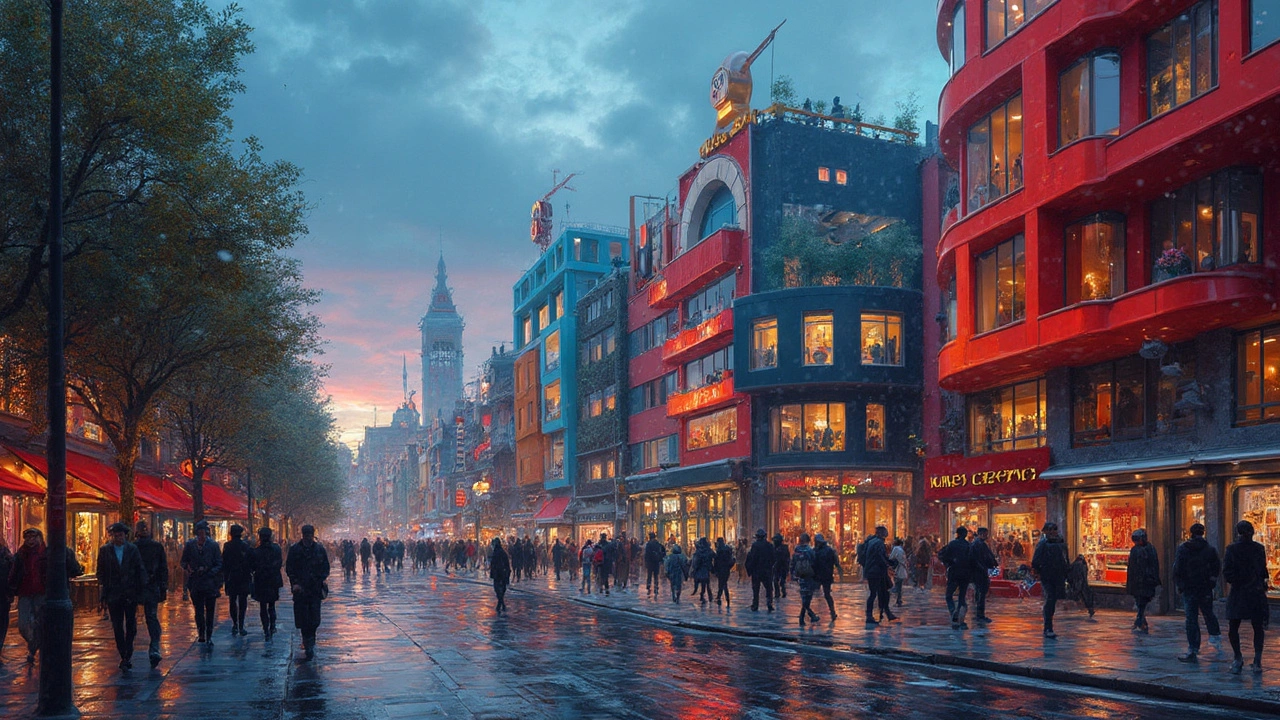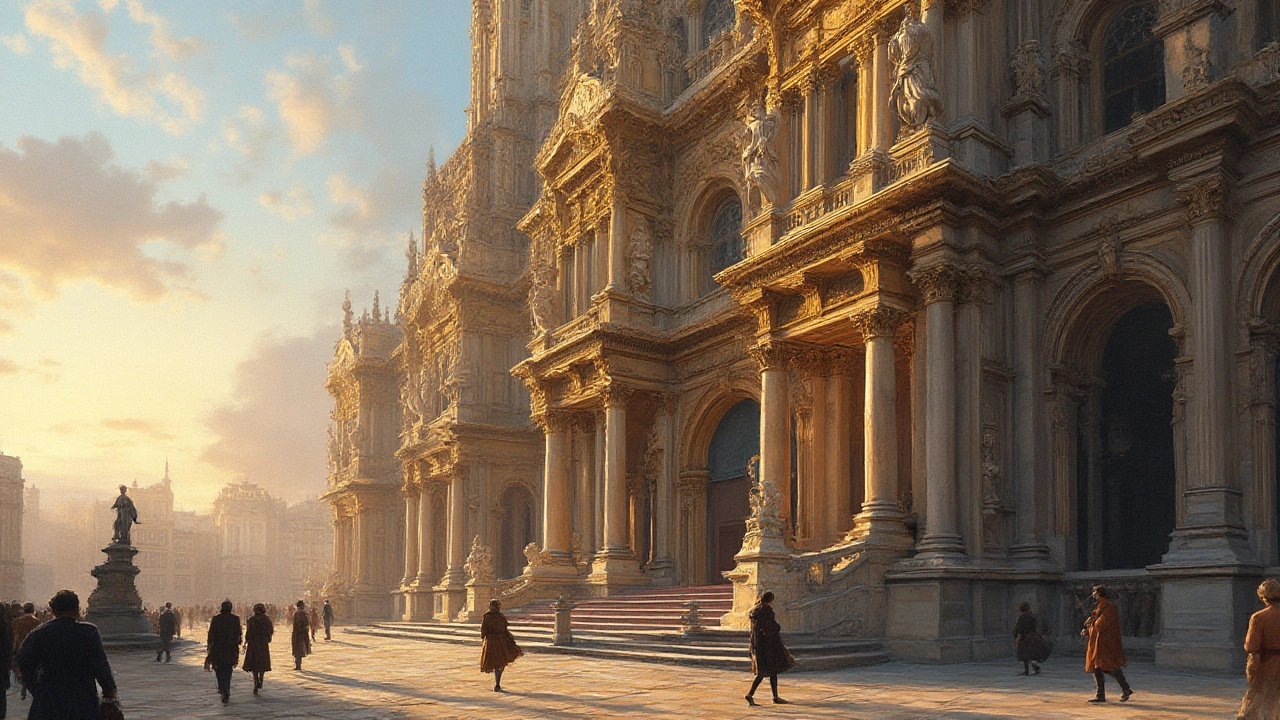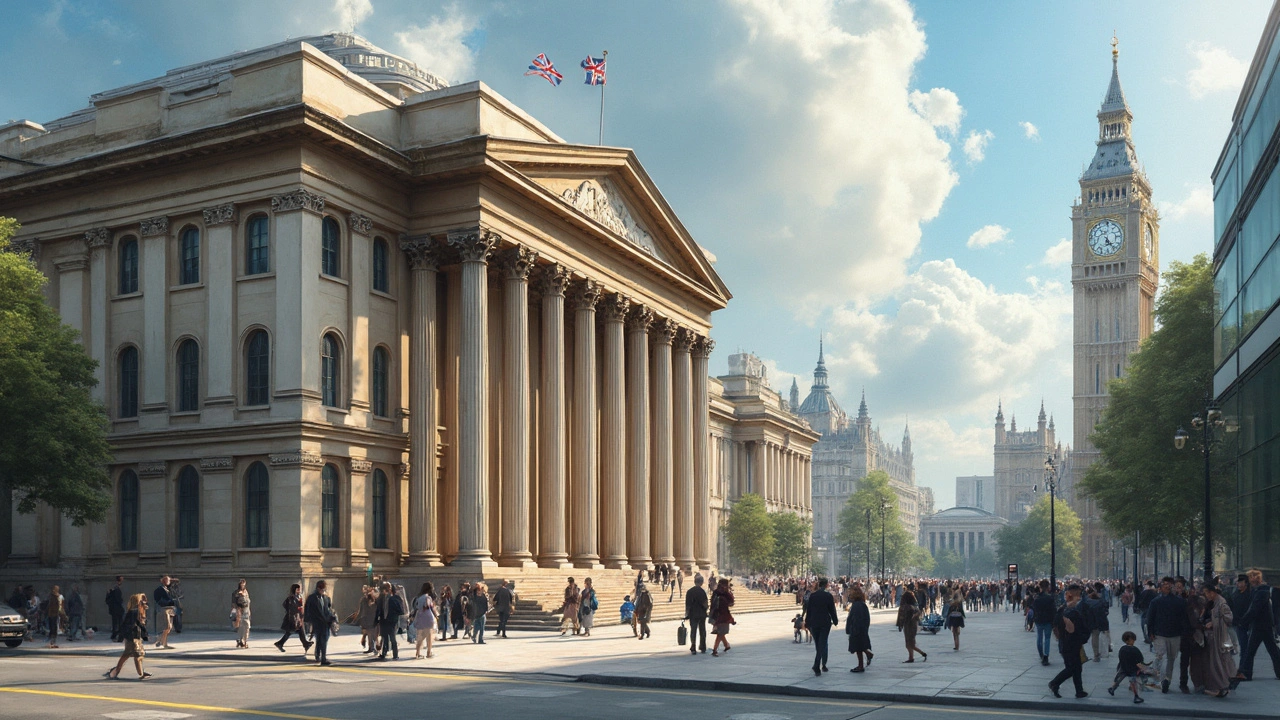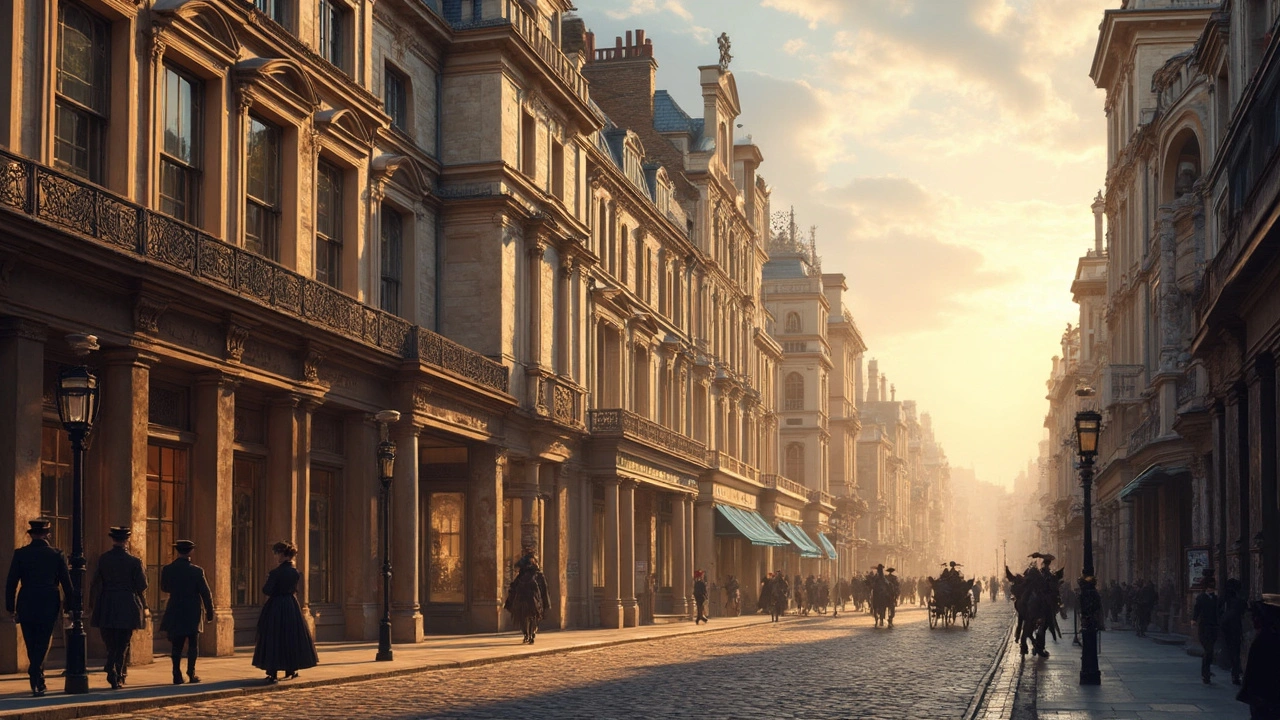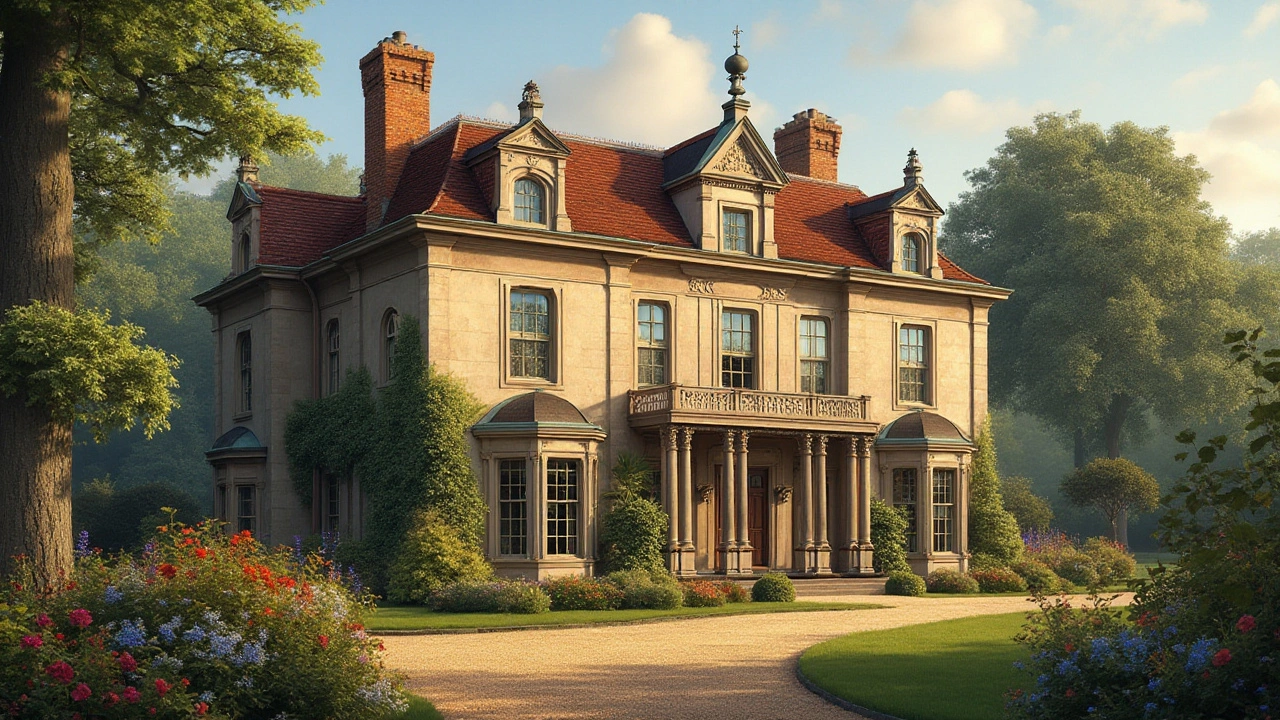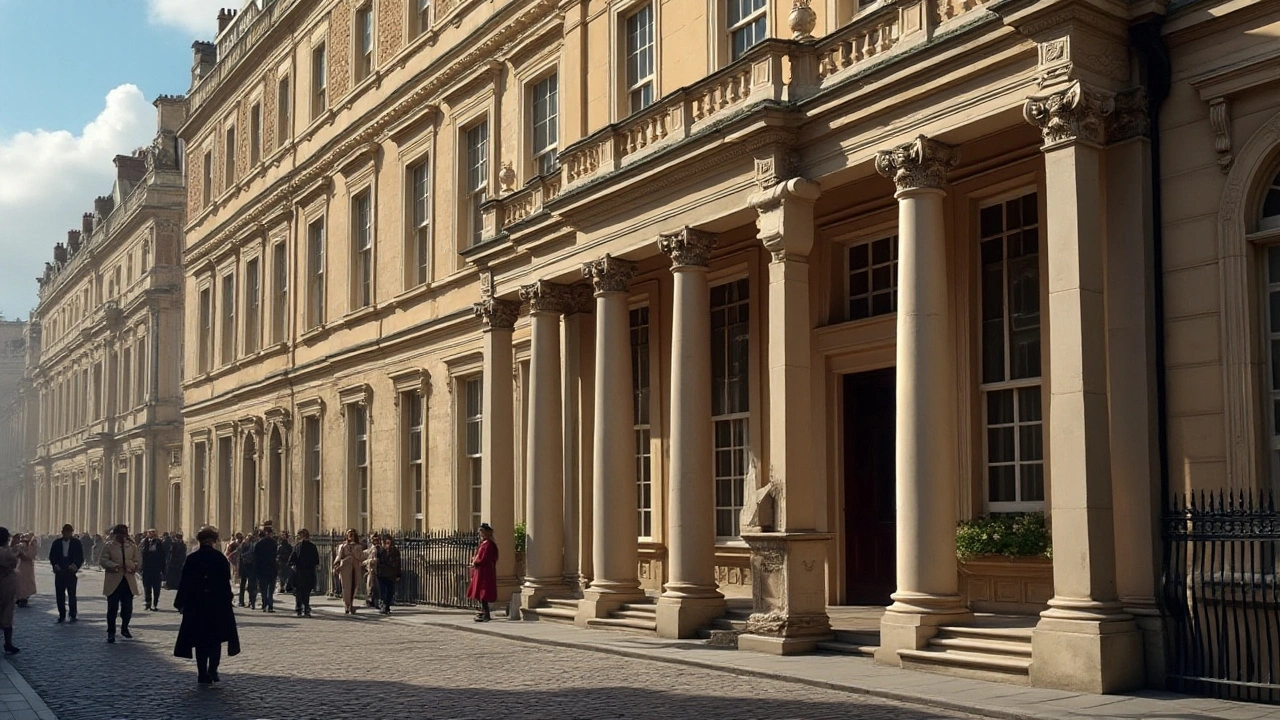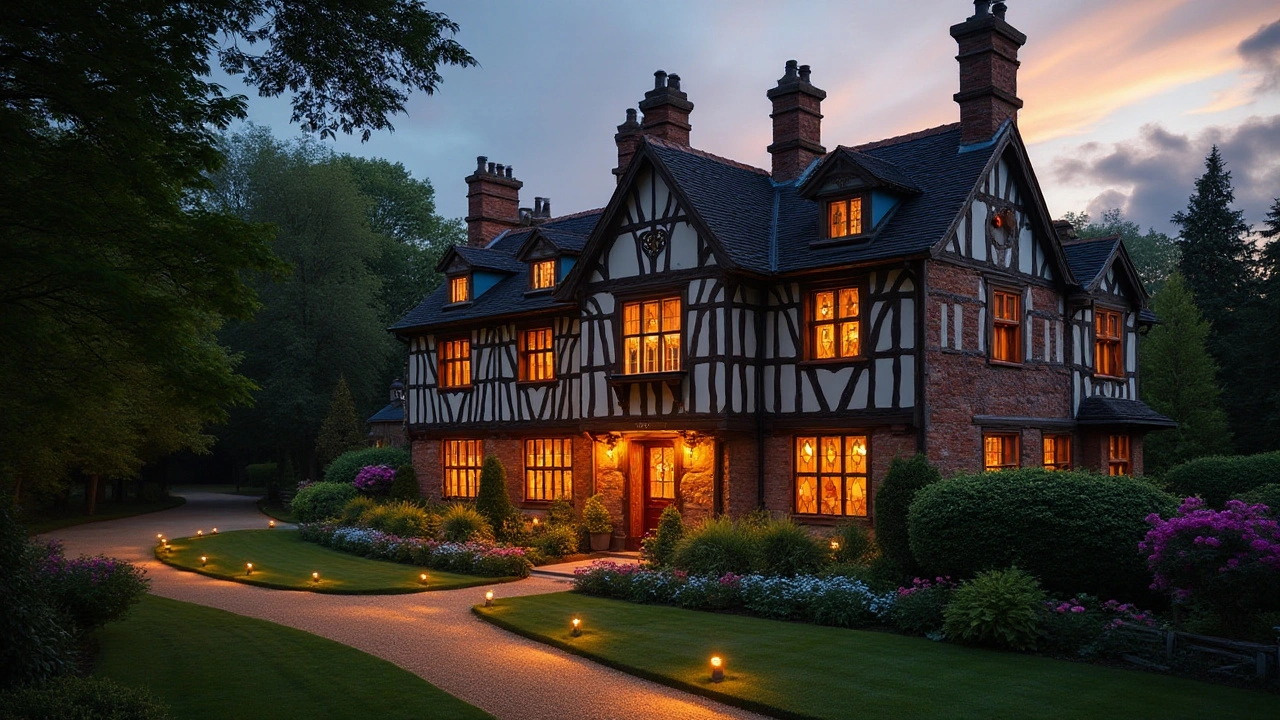Break down what makes postmodern architecture tick, from bold designs and playful details to real-world icons and what this all means for how we live and see our cities today.
Architectural styles: how to spot the big movements
Architectural styles shape how we read cities. Spotting them sharpens how you travel, renovate, or even photo-walk.
Start with clear markers. Columns, symmetry, and classical proportions point to Greek Revival or Beaux-Arts. Look for heavy ornament, grand staircases, and formal axes for Beaux-Arts; for Greek Revival find Doric or Ionic columns, pediments, and painted white facades.
Renaissance and Renaissance Revival favor harmony and human scale. Rounded arches, domes, and balanced windows are common. If you see a central dome or carefully ordered columns, you’re likely looking at Renaissance influence.
Baroque turns up the drama. Curved forms, bold sculptural details, and theatrical light and shadow read as Baroque. These buildings were designed to awe, so expect movement in stone and rich color.
Georgian and Colonial styles share a love of symmetry but differ in scale and context. Georgian homes often show brickwork, sash windows, and a strict centerline. Colonial buildings adapt local materials and can include regional twists—think tropical verandas in some colonies versus pitched roofs in colder places.
The 19th and 20th centuries brought radical shifts. Constructivist and Expressionist architecture break classical rules with dynamic geometry and social purpose. Constructivist buildings often use exposed structure and bold, industrial forms. Expressionist works feel sculptural and emotional.
Bauhaus and International Style push minimalism and function. Clean lines, flat roofs, open plans, and unadorned surfaces reflect their "form follows function" belief. Mid-century modern borrows that logic but adds warm woods and human scale furniture.
High-Tech and Neo-Futurism celebrate technology. Look for visible steel, glass skins, and mechanical systems as design features. Neo-futurist buildings often suggest motion and a futuristic silhouette.
Postmodernism responds with irony and color. You’ll find playful motifs, classical references used in unexpected ways, and bold color shifts. It’s a style that mixes history and humor.
Practical ID tips
Practical tips for spotting styles: focus on roof shape, window rhythm, ornament, and materials. Sketch or photograph a building’s silhouette; that outline often gives the biggest clue. Compare what you see to one clear example — a Greek column, a Beaux-Arts façade, a Bauhaus block — rather than juggling many names.
If you’re renovating, match the house’s original language. A Craftsman needs exposed rafters and built-ins; a Mediterranean Revival wants arched openings and clay tiles. Mismatched details quickly look wrong.
How to study styles
Study buildings like a detective. Pick a style, trace its key parts, and note why they mattered then. Use books, museum labels, and reliable websites to compare photos. Join a walking tour or local preservation group if you can; talking with others helps lock details in your memory. Regular practice makes visual spotting nearly automatic. Start with one block.
Explore Renaissance Revival Architecture—the style's roots, standout features, bold stories, and how its grace still inspires modern design today.
Explore the enduring appeal and fascinating stories behind Beaux-Arts architecture, its origins, significance, design tips, and global impact.
Discover what makes Georgian architecture unforgettable—symmetry, sash windows, iconic brickwork, and refined detailing that shaped history from London to Boston.
Discover how Baroque architecture captures drama, movement, and opulence. Explore its origins, key features, and influence across history and today.
Federal architecture pulls from a mix of styles, showing off not just power but also a sense of national identity. This article digs into how these buildings shape the way people experience cities, from courthouses and post offices to modern glass structures. You’ll get tips on recognizing key features and a look at hidden gems beyond Washington, D.C. We’ll also break down why these spaces feel so official and how they've changed over time. Expect plenty of practical insights if you want to spot federal design in your own city.
Italianate architecture, inspired by the romantic villas of Renaissance Italy, found its way into homes and public buildings in the 19th century. This style boasts distinctive features such as low-pitched roofs, tall windows, and decorative cornices. It embraces both elegance and functionality, making it a popular choice in urban settings across the world. Today, homeowners seek Italianate design for its timeless elegance, blending historic charm with modern living. Learn how to recognize and incorporate this style into your own home.
Italianate architecture, a style that flourished from the mid-19th century, showcases grandeur through its unique blend of Italian Renaissance and picturesque aesthetics. Known for its distinctive features such as wide eaves with decorative brackets, tall windows, and cupolas, Italianate architecture brought a touch of European elegance to residential and public buildings. This article delves into the history, defining characteristics, and the cultural resurgence of this architectural style. Discover the craftsmen who brought Italianate to life and learn tips for recognizing these architectural gems today.
Georgian architecture, characterized by its symmetry and proportion, offers a fascinating insight into the social hierarchies of its time. This style, predominant from the early 18th to the early 19th century, reflected the wealth and social position of its inhabitants through ornate designs and spatial organization. The grandeur of these buildings, often featuring lavish facades and grand entrances, indicated the rising affluence of the emerging middle class. These architectural marvels not only provide an aesthetic delight but are also key to understanding the societal context of the Georgian era.
Tudor architecture, originating in the late medieval period of England, continues to cast a significant influence on modern design. Characterized by its distinctive timber framing, steeply pitched gables, and elaborate masonry, Tudor style finds its echoes in contemporary homes worldwide. By blending historical elements with modern sensibilities, it provides a timeless charm and functionality. The article explores this fascinating architectural evolution and offers insights into integrating Tudor influences into today’s design landscape.

